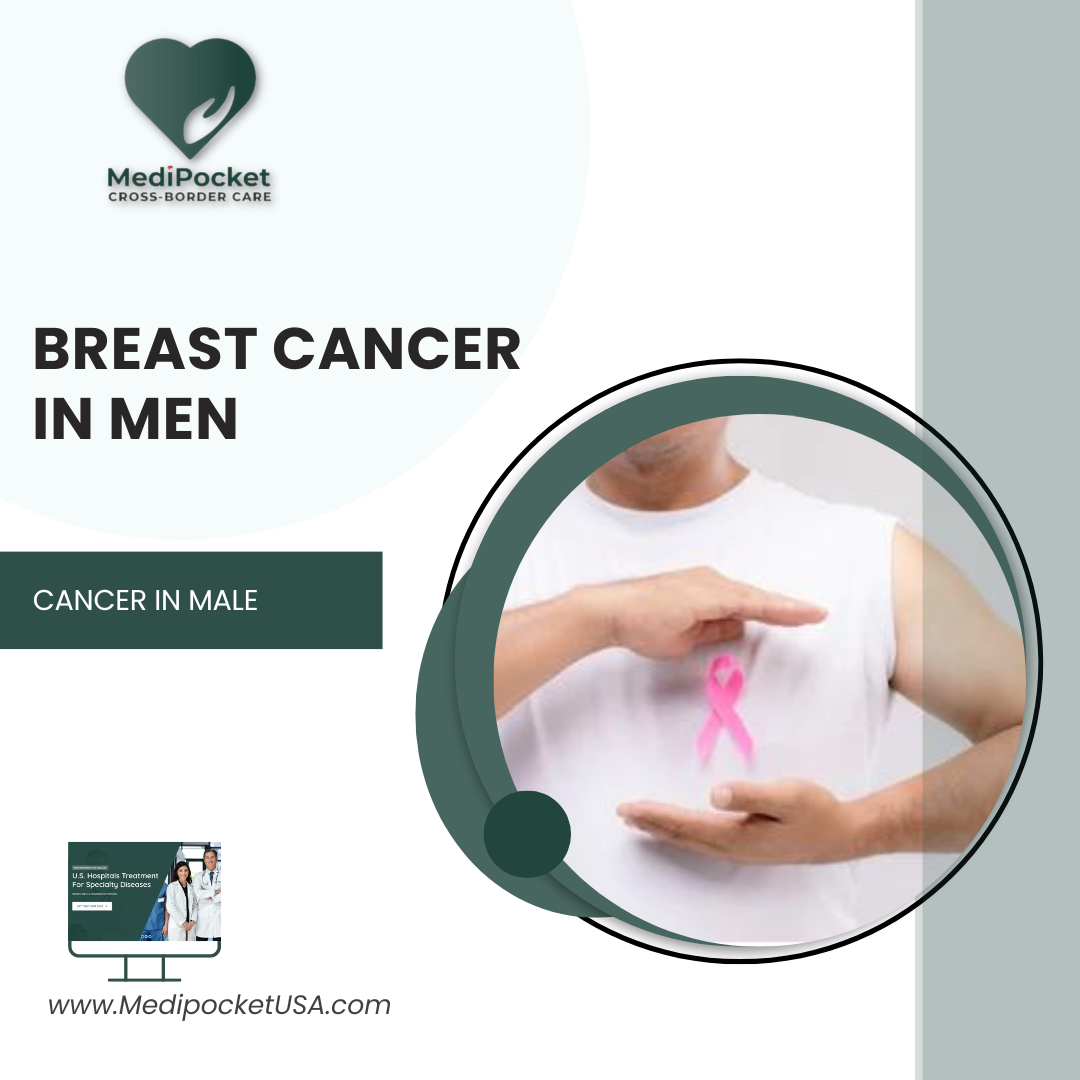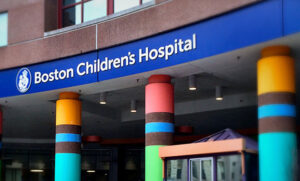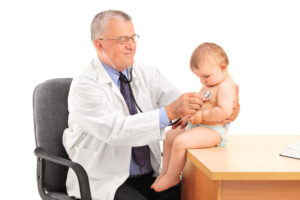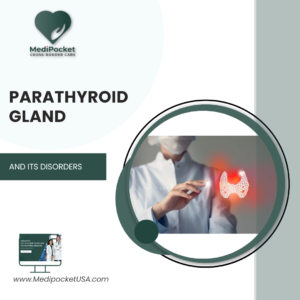We’ve all heard about how breast cancer affects women. Breast cancer is so frequent among women that October is designated as Breast Cancer Awareness Month. Nevertheless, in the middle of praising women fighting the devastating disease, we frequently forget that males are also affected by breast cancer. Indeed, you read that correctly. Although being a potentially fatal disease for males, this issue is hardly discussed in many countries.
We will cover breast cancer in men in the preceding article, but first, let us define breast cancer.
What is breast cancer?
Breast cancer is a cancer that develops in the breast tissue. It may happen to both men and women, although it is considerably more prevalent in women. Breast cancer typically begins in the cells that border the milk ducts or in the lobules, which are milk-producing glands.
Breast cancer is classified as either invasive or non-invasive. Non-invasive breast cancer (DCIS) occurs when cancer cells are restricted to the ducts and have not migrated outside of the breast tissue. Invasive breast cancer, on the other hand, occurs when cancer cells migrate beyond the ducts or lobules and into adjacent breast tissue or other regions of the body.
Symptoms
Breast cancer symptoms might vary, however they may include:
- Breast tissue thickening or a lump
- Breast alterations in form or size
- Breast skin changes, such as dimpling, redness, or scaling
- Changes in the nipple, such as inversion, discharge, or a rash around the nipple
- Armpit swelling or swelling around the collarbone
What is breast cancer in men?
Breast cancer is often associated with women, however it may also affect men. Breast cancer in men is an uncommon kind of cancer that affects the tissue of the breast in males. While it is far less frequent in women than breast cancer, it can still be a severe health risk.
Breast cancer in males often affects men over the age of 60, however it can strike at any age. Males with a family history of breast cancer or a genetic mutation that raises their risk of breast cancer, such as the BRCA1 or BRCA2 gene mutation, are more likely to get the illness. Additional risk factors for breast cancer in males include obesity, radiation exposure, smoking and other conditions like Klinefelter syndrome.
Types of breast cancer in men
Men can get numerous forms of breast cancer, some of which are more prevalent than others. Men’s breast cancers are comparable to women’s, although there may be some distinctions in how they behave and how they are treated.
Invasive ductal carcinoma
Invasive ductal carcinoma is the most frequent kind of breast cancer in men. This form of cancer begins in the breast milk ducts and can spread to other sections of the breast tissue or beyond. Invasive ductal carcinoma accounts for over 80% of all male breast cancers.
Invasive lobular carcinoma
Invasive lobular carcinoma is another kind of breast cancer that can occur in males. This form of cancer begins in the milk-producing lobules. Invasive lobular carcinoma is less common in men than in women, accounting for about 2% of all breast cancers in men.
Paget’s disease
Another kind of breast cancer that can arise in males is Paget’s disease of the nipple. This form of cancer begins in the breast ducts and spreads to the skin of the nipple and areola. Paget’s disease of the nipple is extremely uncommon in men, accounting for fewer than 5% of all male breast malignancies.
Inflammatory breast cancer
Inflammatory breast cancer is an uncommon and severe kind of breast cancer that can affect men and women equally. It is distinguished by redness and swelling of the breast tissue and is frequently misdiagnosed as an infection. Inflammatory breast cancer makes up fewer than 5% of all male breast cancers.
Symptoms of breast cancer in men
Breast cancer in men can cause a variety of symptoms, while some men may not have any symptoms at all. Men should be informed of the potential signs of breast cancer so that they can seek medical assistance if necessary. Here are some of the most prevalent breast cancer symptoms in men:
A lump or thickening in the breast tissue: In males, this is frequently the earliest symptom of breast cancer. The lump might be painless or sensitive to the touch, and it could be in one or both breasts.
Changes in the nipple or breast skin: Breast cancer in males can produce nipple or breast skin alterations such as redness, scaling, or thickness. The nipple may also become inverted or pull inward.
Discharge from the nipple: Males with breast cancer may have discharge from the nipple that is clear, red, or yellowish in color.
Pain or discomfort in the breast: While less prevalent than other symptoms, breast cancer in males can cause pain or discomfort in the breast tissue.
Underarm swelling or lumps: Breast cancer in males can produce swelling or lumps in the underarm region, where the lymph nodes are situated.
It should be noted that many of these symptoms might be caused by illnesses other than breast cancer, such as a breast infection or benign breast growth.
Risk factors
Some variables, like all malignancies, can enhance a man’s chance of having breast cancer. Following are some of the risk factors for male breast cancer:
- Age: Breast cancer is more frequent in older males, with men over the age of 60 accounting for the majority of cases.
- Family history: Males who have a first-degree relative with breast cancer, such as a mother or sister, have an elevated chance of acquiring breast cancer.
- BRCA gene mutations: Males who have mutations in the BRCA1 or BRCA2 genes are more likely to get breast cancer. These genes are more typically related with female breast cancer, but they can potentially raise the risk of male breast cancer.
- Klinefelter syndrome: Males with Klinefelter syndrome, a genetic condition affecting the sex chromosomes, are at a higher risk of getting breast cancer.
- Radiation exposure: Males who have had radiation therapy to the chest for other medical diseases, such as lymphoma, are at a higher risk of acquiring breast cancer.
- Liver diseases: Males with liver illness, such as cirrhosis, are at a higher risk of acquiring breast cancer.
- Hormone abnormalities: Males who have hormone imbalances, such as Klinefelter syndrome or obesity, are at a higher risk of getting breast cancer.
- Alcohol consumption: Men who consume alcohol on a regular and big scale are at a higher risk of acquiring breast cancer.
- Oestrogen exposure: Males who use estrogen as part of gender reassignment therapy are more likely to acquire prostate cancer.
Diagnosis and treatment
It is nevertheless critical to understand the condition’s diagnosis and treatment choices.
Diagnosis:
- Physical examination and medical history: The doctor will inquire about any symptoms, a family history of breast or ovarian cancer, and general health.
- Mammogram: An X-ray of the breast tissue that detects lumps and abnormalities.
- Ultrasound: This imaging technique employs sound waves to produce pictures of breast tissue and can help establish whether a lump is a solid mass or a fluid-filled cyst.
- Biopsy: A sample of breast tissue is removed and analyzed under a microscope to identify the presence of cancer cells.
Treatment:
- Surgery: A mastectomy, which includes removing the whole breast tissue, is the most frequent therapy for breast cancer in males. A lumpectomy (removal of only the tumor) may be a possibility in some circumstances.
- Radiation therapy: This includes the use of high-energy X-rays to destroy cancer cells and is frequently performed following surgery to guarantee that all cancer cells have been eliminated.
- Chemotherapy: This is a treatment that employs medications to destroy cancer cells and can be given before or after surgery to lower the chance of recurrence.
- Hormone therapy: Male breast cancer is frequently hormone-receptor positive, which implies it reacts to estrogen-like hormones. Hormone treatment can inhibit the effects of these hormones and limit cancer cell development.
- Targeted therapy: Targeted treatment is the use of medications that selectively target certain organs.
Breast cancer in males is rarely discussed, and because it affects a smaller fraction of the population, research and diagnosis are still limited in the medical sector. All men should be on the lookout for potential signs and seek advice from oncologists as soon as feasible.
Treatment from MediPocket
Did you know that for the first time in India, individuals may get a second opinion and treatment in the United States from the greatest facilities in the country? You read that correctly. Medipocket World virtually provides cross-border care to the people of India. The greatest experts from the best hospitals may be at your device offering you second opinions on your health issues. Subscribe today to receive a free enquiry.







